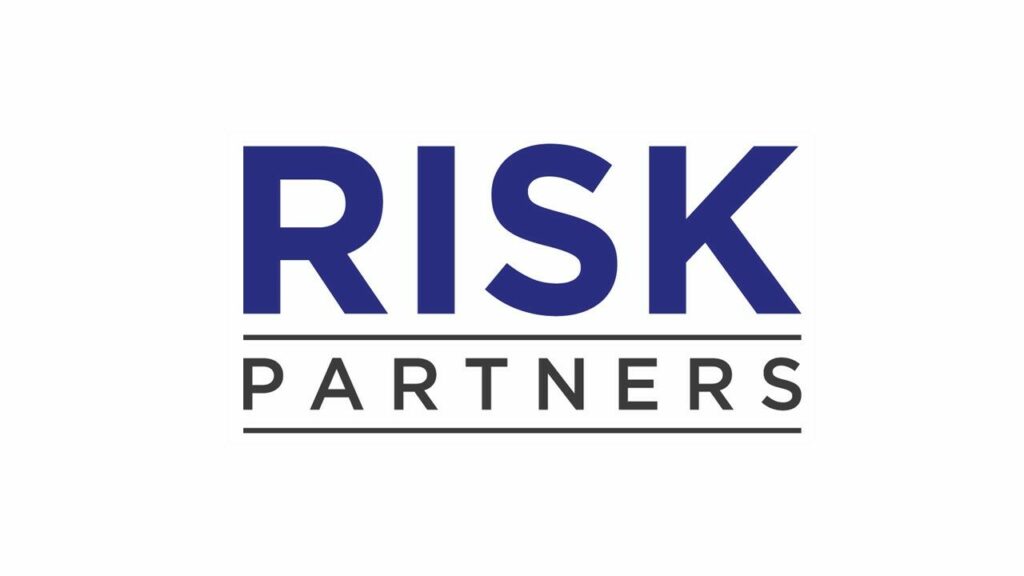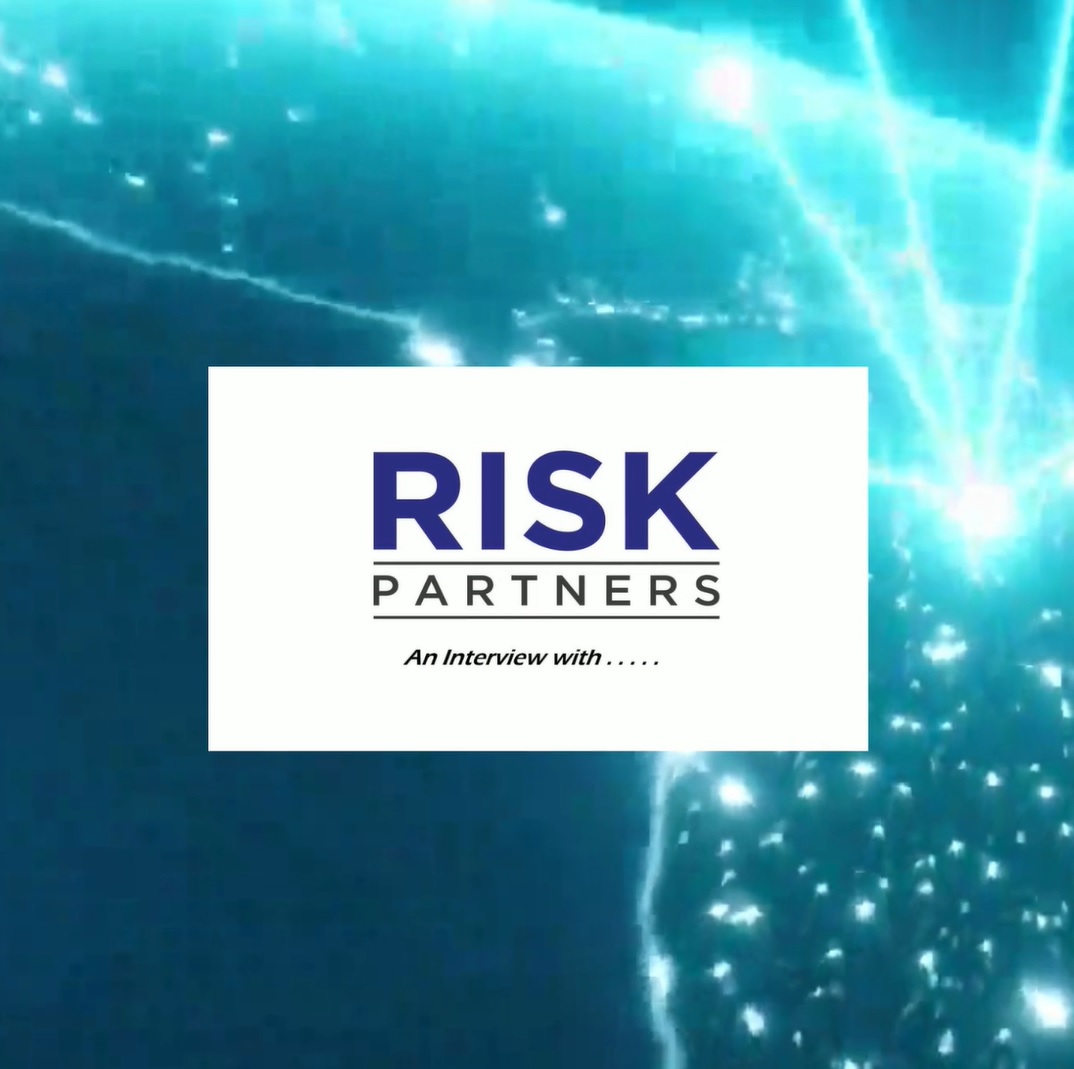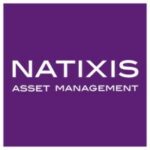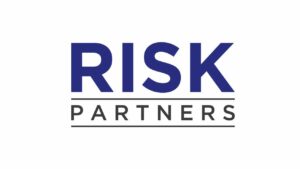We get calls every day from individuals discussing their career to date and current / former employers. It got me thinking, what does make a good employer these days?
I don’t think “free lunch” or “complimentary fruit basket” can really cut it in 2024. So, lets stick to the important issues . . . . . .
Positive Work Culture: A positive work culture is a “safe space”, one that promotes a supportive, collaborative, and respectful work environment. Employers that prioritize their employees’ well-being, provide opportunities for growth and development, and encourage work-life balance are much more likely to develop a happy, positive culture. In turn making people feel valued and appreciated, making staff retention less of an issue.
Competitive Compensation and Benefits: Employers that offer competitive salaries, bonuses, and tertiary benefits packages attract and retain top talent. Simple.…………there is no magic formula to this one. We live in a world where the cost of living is high. Stop making employees look for ‘greener pastures’ by paying them fairly. (Note: This isn’t all about cash . . . other benefits are important too – e.g. healthcare, retirement plans, flexible work arrangements etc)
Opportunities for Advancement: Employees are more likely to remain engaged and committed to their employer if they have opportunities to advance their career. Employers that offer clear paths for career advancement, mentorship, and professional development will attract new staff and keep existing staff motivated.
Strong Leadership: Effective leadership is critical to creating a positive work environment. Employers that demonstrate strong leadership through clear communication, a focus on employee development, and a commitment to the organization’s mission and values can inspire employee engagement and loyalty.
Commitment to Diversity and Inclusion: A big topic and very important topic. Employers that prioritize diversity and inclusion foster a culture of respect, understanding, and belonging. Organizations that embrace diverse perspectives and backgrounds can benefit from increased innovation, creativity, and productivity. We are all different, with different strengths & weaknesses. Lets make the most of what we each have to offer!
Work-Life Balance: Employers that provide flexible work arrangements, such as remote work options, flexible schedules, or generous time off policies, can help employees achieve a healthy work-life balance. Employers that prioritize their employees’ well-being demonstrate a commitment to creating a sustainable work environment.
What do you think? Have I missed anything?
Rob Starkl
Managing Partner
